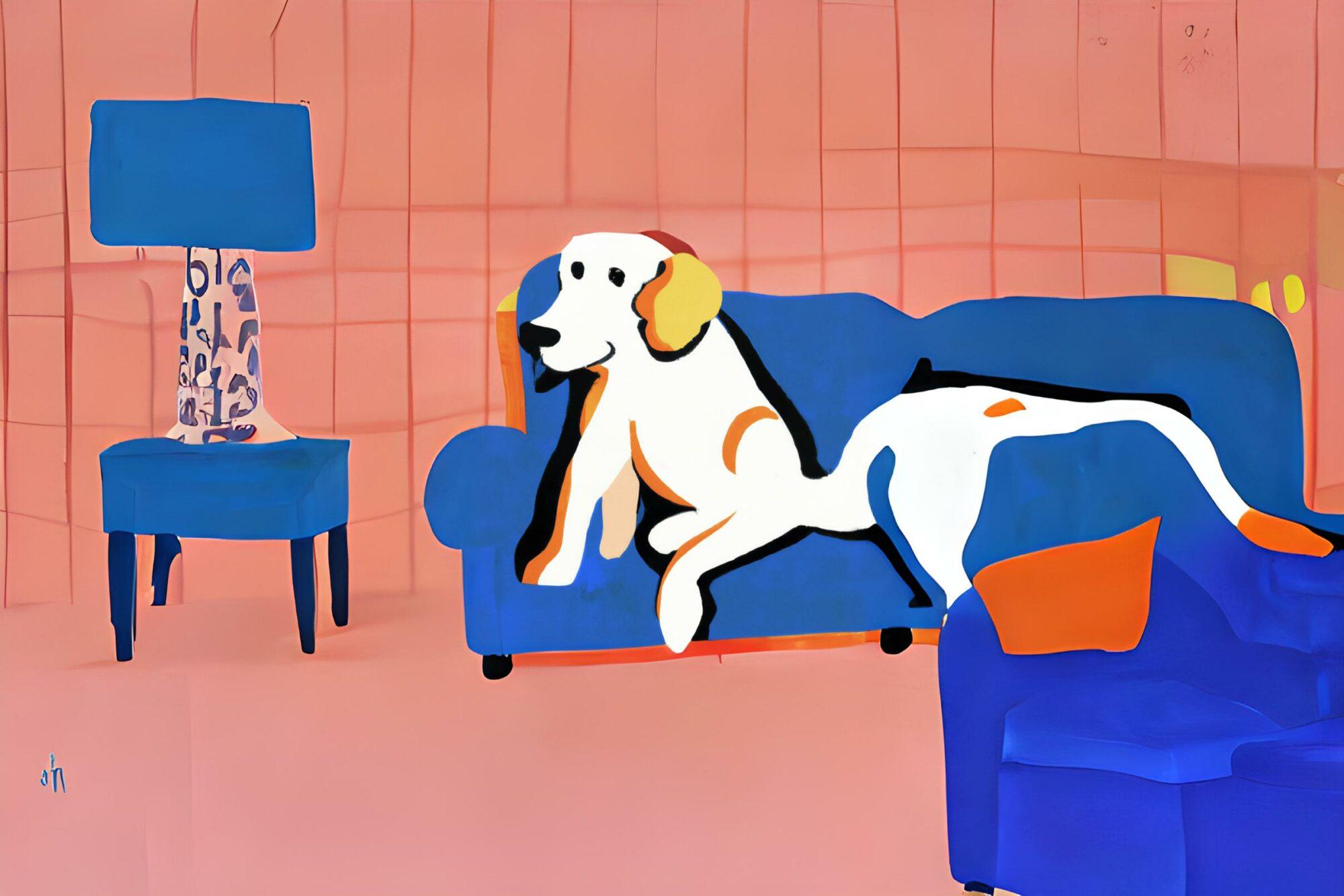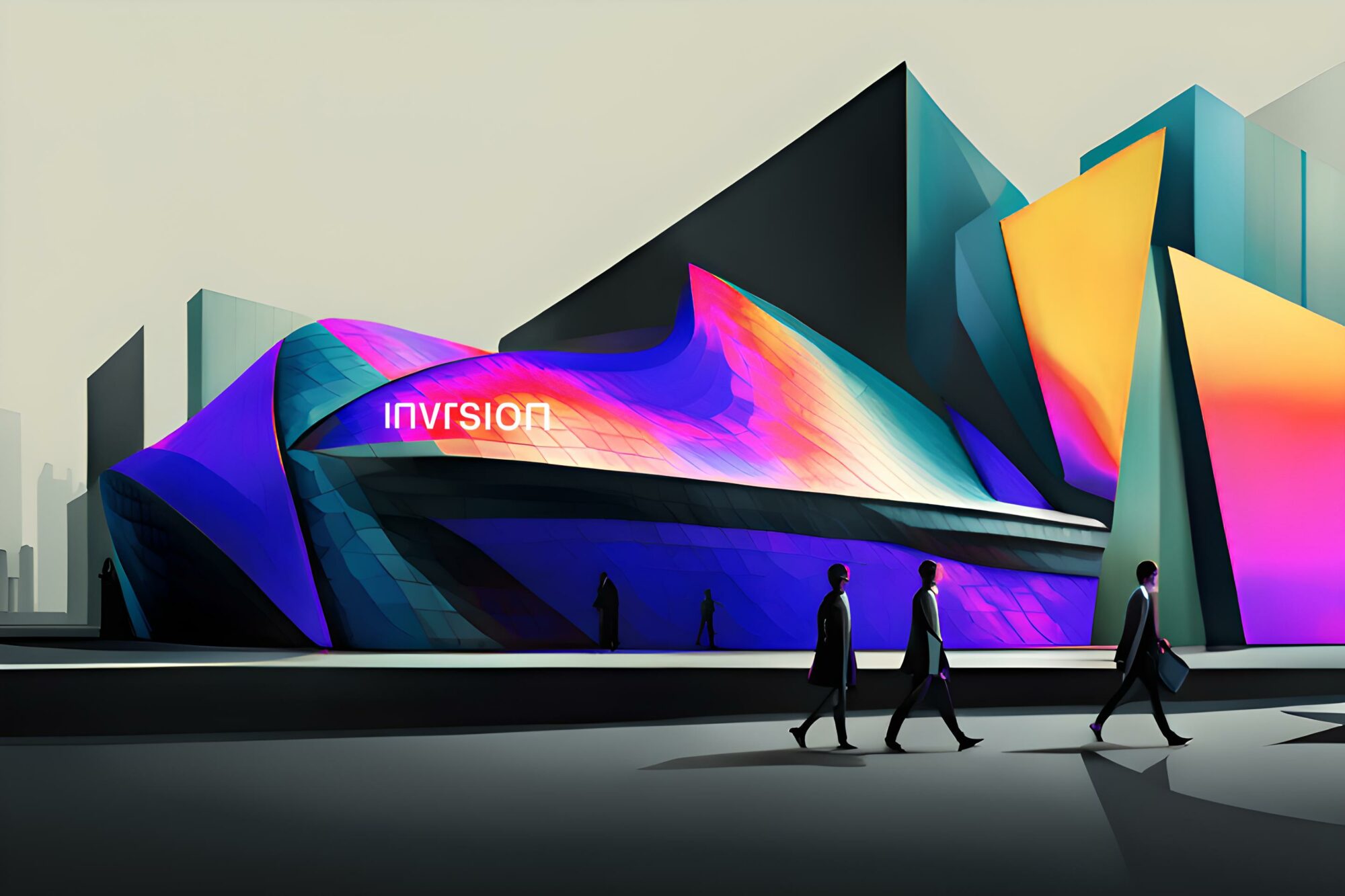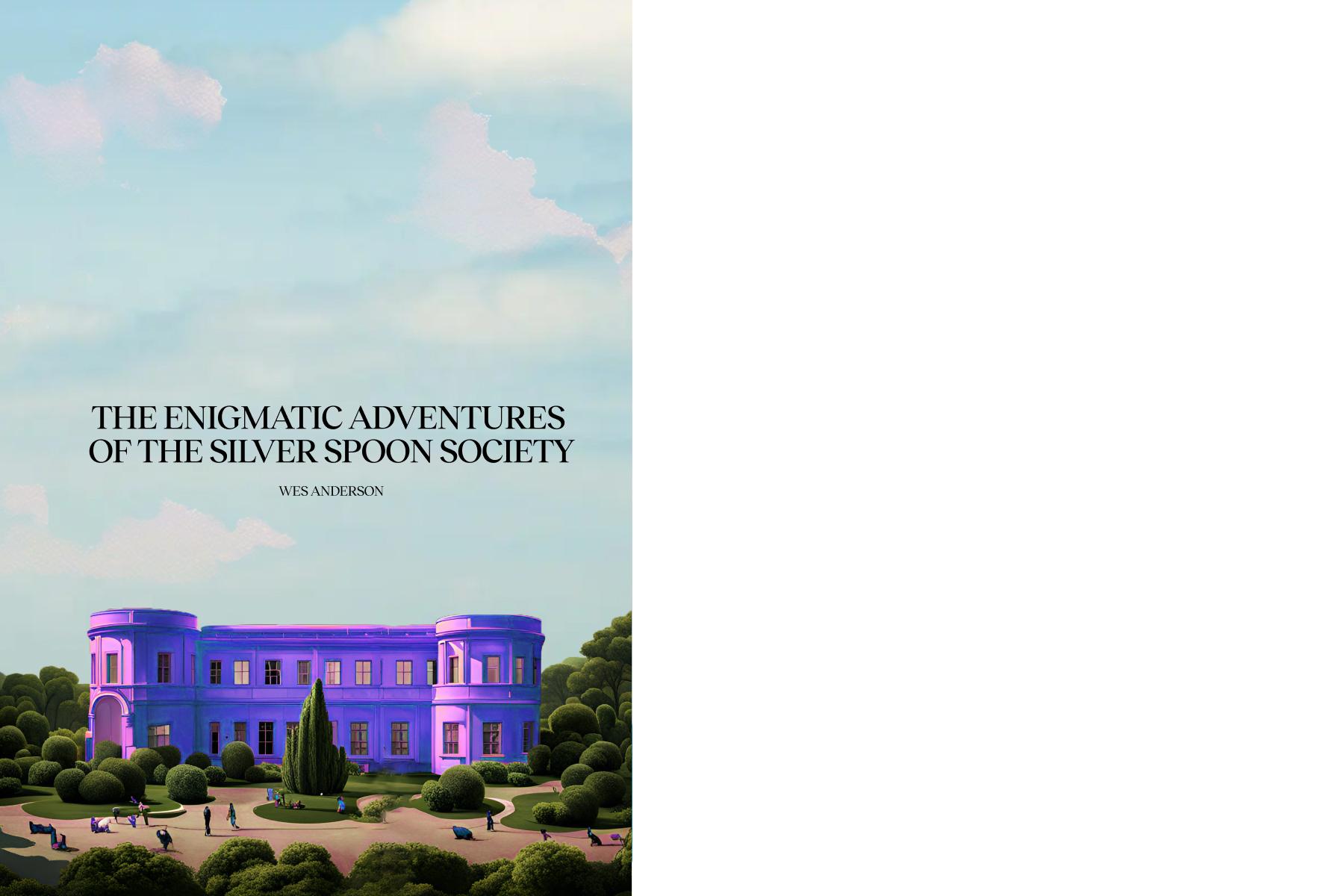How we use Artificial Intelligence here at I MILLE.
It is truly a great time for experiments as artificial intelligence is allowing us to rediscover something we had taken for granted: speculative design. Design has always been speculative, but now it appears to be even more democratic.
Magic is back
"Any sufficiently advanced technology is indistinguishable from magic," wrote Arthur C. Clarke, someone who knew a thing or two about technological imagination, being the author of the novel that inspired Stanley Kubrick’s 2001: Space Odyssey.
After the jaw-dropping years of devices that radically changed our lives, from smartphones to tablets, a sense of magic has been lacking in the last decade of Internet history. Progress seems to have slowed down. Each new tablet, each new smartphone show modest improvements over their predecessors.
The long-awaited and oft-announced revolutions - the metaverse, the blockchain, self-driving cars - are trudging along, and they continue to promise a nearing transformation that we are yet to see, however. Then suddenly, within a few weeks, we all found ourselves talking to intelligent software and asking them to solve our problems, answer our questions, work with us and for us. Has the magic finally returned?
That's right: this is not going to be an article about how amazing ChatGPT is and how before long it will steal our jobs. Here I would like to talk about creativity, serendipity and a newfound delight in randomness. I would like to talk about our need for magic.
And it's here to stay.
The year 2022 was the year of the artificial intelligence came into the public’s life en mass. Anyone who has opened LinkedIn or Twitter in recent weeks will have seen the growth of trends such as Dall-E, MidJourney and ChatGPT, tools that generate portraits of astronauts riding a horse, or timely advice on how to improve one's website SEO.
Clear of the hype, the impression is that this technology is here to stay, and it will end up having a big impact on all of us.
In the creative industry, technological advances go hand in hand with creative thinking: they support us with the necessary tools, but also delimit and determine the way we work, starting with the way we collaborate with our colleagues and clients.
Remember what it was like to work on a presentation with more than five people before the advent of cloud technologies? Discussing, editing, saving, downloading, proofreading, merging, reloading and downloading. In short, even before AI, we were constantly immersed in the use of technologies that simplified and supported our work.
From contributing to concept development in graphic identity design to art direction for a photo shoot or silhouettes for a new fashion collection, there is no creative industry not influenced by these tools.
Georgina McDonald — Space10
The generative capacity of new technologies continues to accelerate. And their application to the creative sector seems to have no limits: there are artificial intelligence tools that can be used to create text, video, photo editing, 3d, illustration and much more.
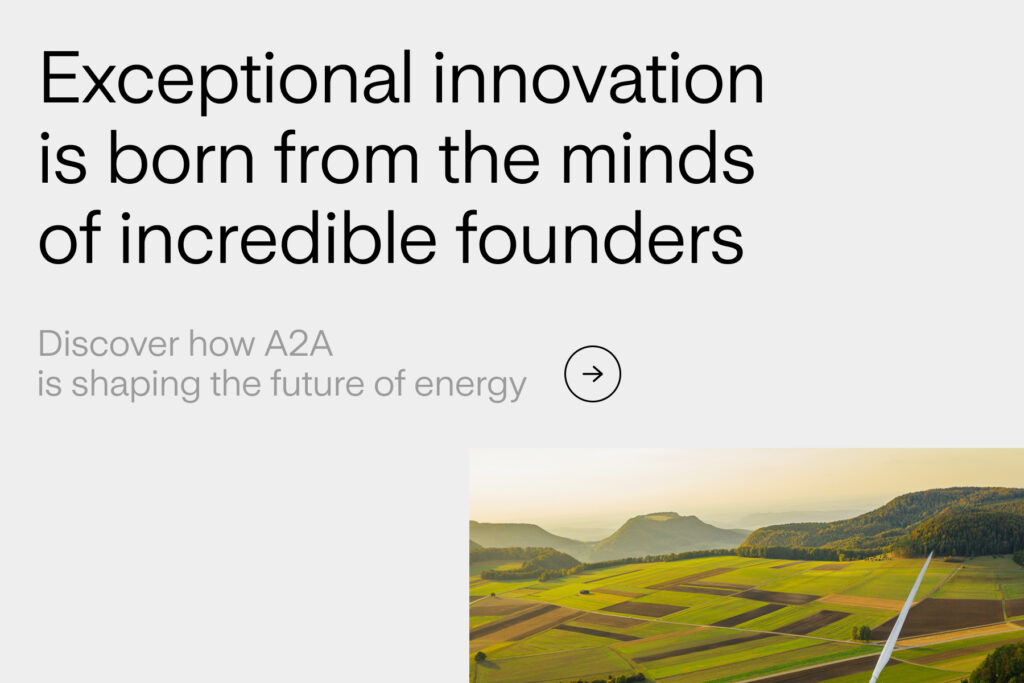
It will teach us a new language
Developments are so relentless that keeping up with updates, including papers, news, rumors and new applications, can suck us into a dense vortex of information and stimuli that is not always easy to handle. Least of all because new technologies arrive punctually with a healthy dose of revolutionary intent, but also often accompanied by controversy, frustration and fear.
Here at I MILLE we believe that the only way to stay within this transformation without being overwhelmed or blocked by speculation is, quite simply, to try. Try to integrate the tools into our daily activities, without forcing them, and yet without fear, to test out what actually can become useful and improve our work.
In our Studio, we are encouraging experimentation with emerging technologies, using them to prepare and hold our workshops, speed up research, clean up codes, and, most importantly, to see things from a different perspective.
We try to use artificial intelligence to challenge our work and push it to the limit, integrating the generative logic of tools within our processes that often contain a good dose of craftsmanship.
At this stage, we are much more interested in the potential of technology than in the end result. Also because it takes a lot of time, trial and error to fully understand new tools, just like learning any other software. At first, what we produce will have a lower quality than expected, and that is why we have to learn to speak a new language before pushing instruments to a new place.
The search for beauty
One of our first experiments, even before the advent of Chat GPT-3, was to have an AI model (GPT-2) write an edition of Finding Beauty - our newsletter about the wonders that surround us. We started with a simple question: can an artificial intelligence imagine beauty?
We set up a training of the application by feeding it tweets from @itsnicethat, @Artforum, @CreativeReview and @designboom to build our own verbal model. The system had a certain degree of imperfection: it is like a brain that knows grammar and rules of composition perfectly, without having the faintest idea of what the words mean. And it is precisely this imperfection that makes the experiment interesting and fun: the generated content, while often realistic, in some cases had syntactical errors and unlikely associations that gave it a touch of whimsy and wonder.
In a sense, our experiment already belongs to the pioneering era of artificial intelligence: the GPT-2 model we used could process about 700 million parameters. GPT-3, can process 175 billion parameters, and the new GPT-4, seems to have to process as many as 1 trillion parameters (news not yet confirmed). Which, for instance, will enable it to write a 60,000-word book from a single prompt.
In fAInding beauty, even the images are generated by artificial intelligence, starting with the Top 5 texts: the cover image came from dedicated training on a StyleGAN, while the others from an experiment based on AttnGAN.
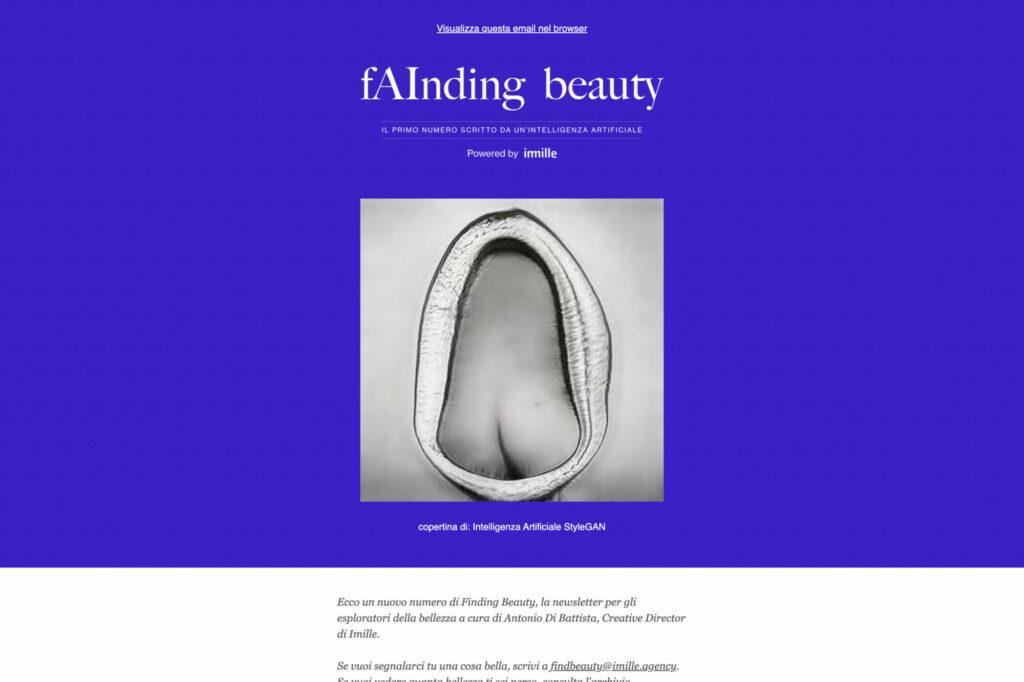
So, how can we explore the use of artificial intelligence with a value-based approach? How can these tools push forward our ability to create meaning? How can they enable our creativity?
Not to optimize processes
For the time being, creating a language model is not like summoning the genie in the lamp. It is more like having an army of dumb yet omniscient and very very fast slaves. ChatGPT's great strength - which is also its vulnerability - is its ability to generate perfectly believable clichés, regardless of their meaning. Hollow forms, in a sense, but in every way similar to those created by humans.
Many have noted that it is possible, and even easy, to make fun of the software; yet, as amusing as it may be, it seems to us that mocking the algorithm for the absurdity of its answers makes less sense than understanding the potential of our interaction with it. The point is not to judge it by its ability to "do everything," as if it were precisely a magical tool, but to understand how it can help us "do better."
Sure, it may save us time and streamline production processes, but using it just for that would really be a waste of potential. Productivity has been our god for several years now, and in some ways the instinct to think of every tool as a function of this deity is understandable. We grew up recycling advice and "references”, halfway between the optimization of design thinking and the gurus who promise extraordinary results "in a few simple steps”, from time to time.
We are a generation obsessed with "getting things done", we have an app for everything, how could it be otherwise? We are driven by performance, and often thinking about new technologies is based solely on the analysis of this tension: how much does it help us to optimize? How much can it reduce the human input in a process?
We, on the other hand, tried for once to interpret change with a different logic: by working on the unexpected. By understand how tools can alter, divert, inspire processes rather than regulate them.
The muse of the future
Muse, the interactive installation we created in our Milan office, does just that. A large display, equipped with a webcam, analyzes the colors of the clothes of those in front of it, combining them with information about the time of day and weather conditions. Then, through a system of associations managed by artificial intelligence, the screen suggests graphic designs and visual suggestions "in tune" with the person's dominant colors.
The learning model constantly learns from its mistakes; yellow may not be yellow in a fully glazed room with blinding sunshine and disturbing elements, such as plants and colorful ottomans. Therefore, the concept guiding the installation is the idea that "color is deception": we wanted to confront the relentless rationality of the algorithm with the mystery of perception, the ambiguity of nuance, variation and the unexpected.
With Muse, we don't want to optimize anything: we want to make our colleagues waste some time, creatively, by stimulating them to find useful breaks.
It does not facilitate, it creates friction
There are currently two prevailing and opposing attitudes toward the changes heralded by technology. On the one hand, there is concern, skepticism, and mistrust, which often do not take into account the fact that we actually we have been using these technologies for a long time, without our knowledge. The most unfounded fantasies seem to be those about the "replacement" and "end" of what we know, which have already proven to be optical illusions in the past: digital has not stopped publishing, the cameras in our phones have not killed photography, programs like Canva have not eliminated the figure of the Graphic Designer, but have given companies and professionals a way to focus time and resources on more ambitious projects.
And this brings us to the second attitude, the one of possibility and curiosity: technology can help us eliminate much of the tedious work and costly entry barriers, democratizing creative work more and opening up possibilities for new professional and creative growth. There will always be room - and perhaps more and more room - for designers and creative thinking: as has happened in the past, new tools end up giving greater value to design thinking, pushing our work into new creative and value-building forms.
We decided to focus everything on exploration, and on the possibility of increasing the random and speculative generation of an idea. We don't ask artificial intelligence to generate for us a creative campaign we are working on - that would be uninspiring, as well as unethical, But we do try to get inspired and influenced by a person/machine conversation to get out of the creative rut. Rather than facilitation, we are working on friction, to think differently, and surrender the design paradigms we are used to. The results are really promising and, in some cases, wonderful.
Note: Organizations have always adapted to new technologies, incorporating them into broad and complex social systems. Every revolutionary technology influences and is influenced by the existing social system; it is not an immutable force of nature. It will take years to clarify the shape of these models, as it has happened with previous innovations; in the meantime, we have the opportunity to positively influence the community. As early as this year, more and more companies will hire AI developers and experts to productively use the new working frameworks. But these will not be people simply typing prompts on web interfaces: this can be done by any user. The real challenge will be to start from the technological core to create new applications and tools.
Note 2: We are collaborating with Michele Bruno, a student at the Milan Polytechnic, on a dissertation titled "AI-Assisted Visual Design", about how new technologies will increasingly support creative work. We will keep you posted.
